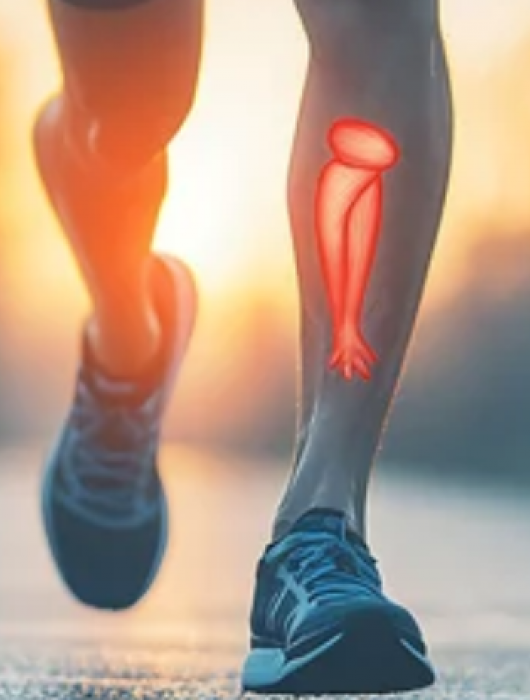

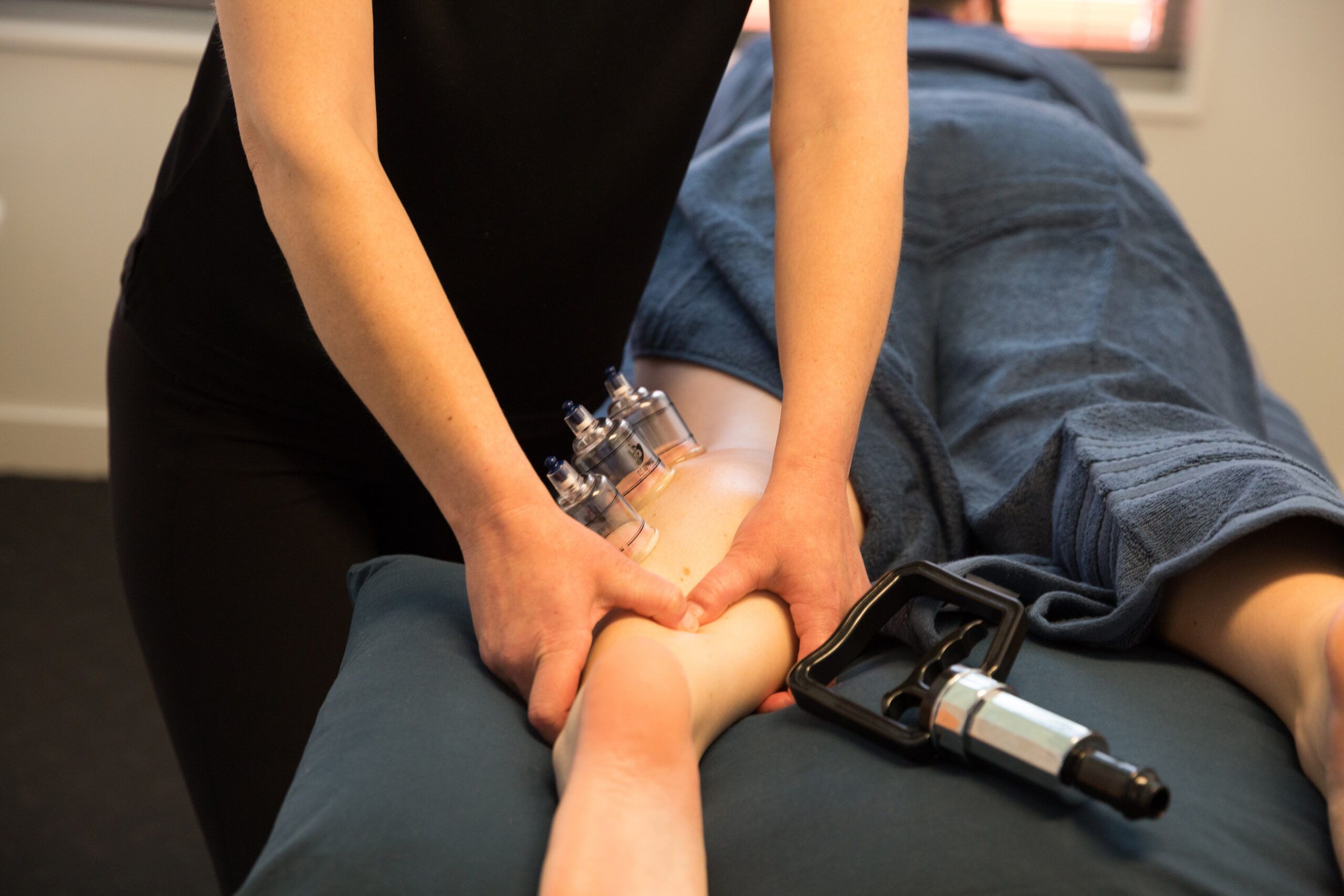
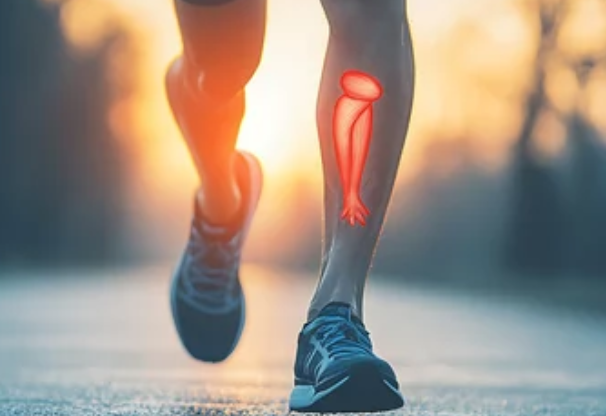
Pain Location and Quality
- Inner edge of the tibia: Pain is usually felt along the medial (inner) border of the shinbone, often in the lower two-thirds of the leg
- Diffuse, dull ache: Initially, the pain is diffuse and aching, not pinpointed to a specific spot. This helps differentiate it from stress fractures, which are more localised
- Tenderness to touch: The area may feel sore when pressed, especially after a run or prolonged standing 1.
Pain Timing and Progression
- Early stages: Pain typically starts at the beginning of a run, eases as the muscles warm up, and may return after the run or the next morning
- Progressive worsening: As the condition worsens, pain may persist throughout the run and linger afterward, even during rest
- Morning stiffness: Runners often report tightness or stiffness in the lower leg when getting out of bed, especially after a hard workout 3.
Associated Symptoms
- Mild swelling: Some runners experience visible or palpable swelling along the shinbone
- Redness or warmth: In more inflamed cases, the skin over the shin may appear reddened or feel warm to the touch
- Muscle fatigue: The muscles around the shin may feel tight or fatigued, especially the tibialis anterior and posterior
Biomechanical and Functional Signs
- Pain with dorsiflexion: Lifting the foot (dorsiflexion) or running uphill may exacerbate the pain.
- Altered gait: Runners may unconsciously change their stride to avoid pain, which can lead to compensatory injuries elsewhere.
- Pain with hopping or jumping: Activities that involve impact or sudden loading of the leg often reproduce symptoms
Shin splints, or medial tibial stress syndrome, are primarily caused by repetitive stress and overuse of the muscles, tendons, and bone tissue in the lower leg. This condition develops when the body is unable to adapt to increased physical demands, leading to inflammation and microtrauma.
Sudden Increase in Training Load
- A rapid escalation in running distance, intensity, or frequency is one of the most common triggers
- This overloads the tibialis posterior and anterior muscles, which can’t adapt quickly enough, leading to irritation and pain
Improper Footwear
- Wearing worn-out or unsupportive shoes can fail to absorb shock properly, increasing the load on the shinbone
- Shoes that don’t match your foot type (e.g., flat feet or high arches) can also contribute to poor biomechanics.
Running Surface
- Hard surfaces like concrete or asphalt increase impact forces on the legs
- Uneven terrain or frequent hill running can also strain the shin muscles and tendons.
Biomechanical Abnormalities
- Flat feet (overpronation) or high arches can alter the way forces are distributed through the leg, increasing stress on the tibia
- Leg length discrepancies, poor hip control, or weak core muscles can also contribute to abnormal loading patterns.
Muscle Imbalances and Weakness
- Weakness in the hip abductors, glutes, or core can lead to compensatory overuse of the lower leg muscles
- Tight or weak calf and foot muscles can reduce shock absorption and increase strain on the shin.
Inadequate Recovery
- Not allowing enough time for rest and recovery between workouts prevents the body from repairing microdamage, leading to cumulative stress
- This is especially true for athletes who train daily or multiple times a day without variation in intensity.
Poor Running Form
- Overstriding, excessive heel striking, or poor posture can increase the load on the anterior shin muscles
- A gait analysis often reveals subtle flaws that contribute to shin splints.
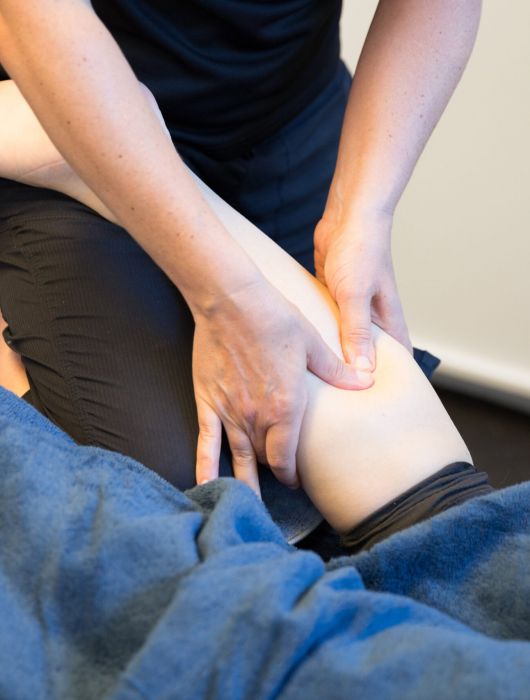
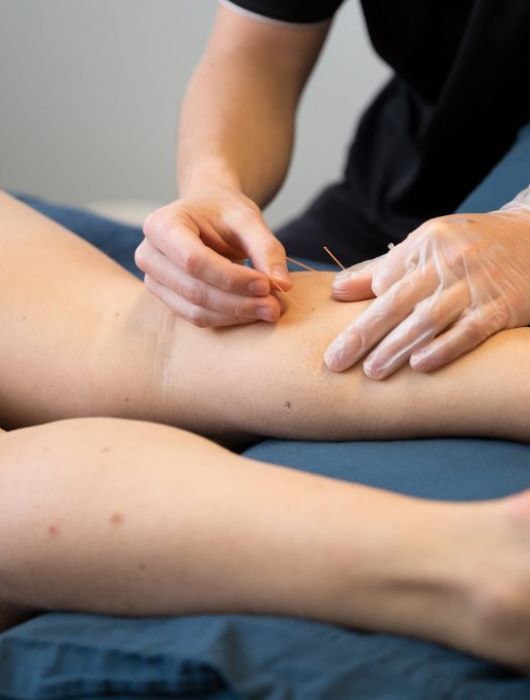
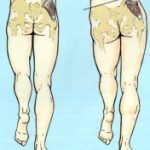
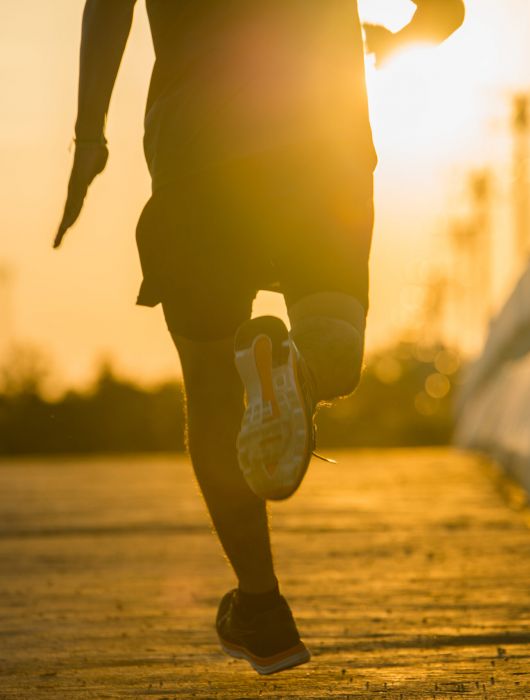

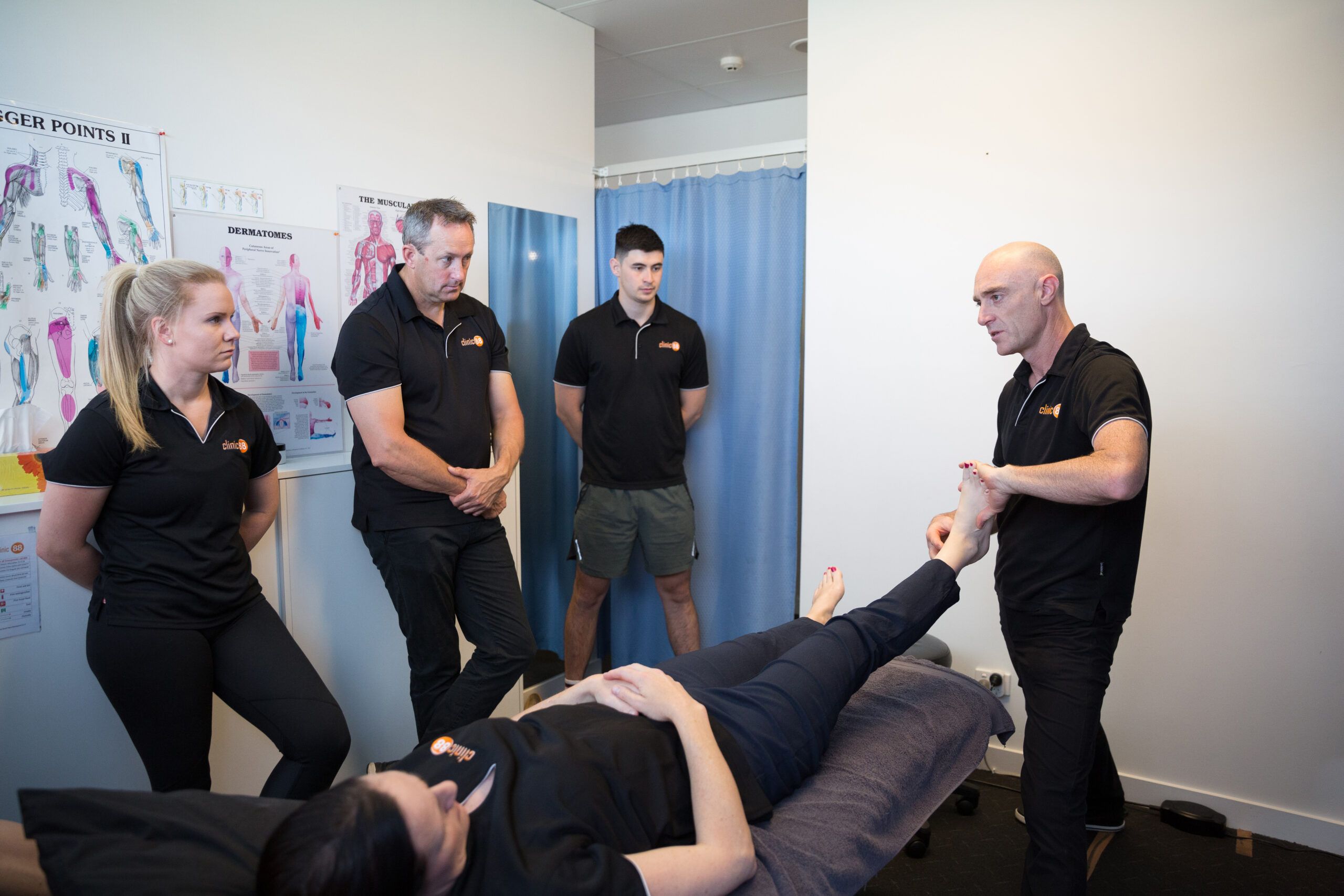
Taping Techniques
Foot Taping (Low-Dye or Arch Support Taping)
- Supports the medial longitudinal arch and reduces excessive pronation – further reducing loading on the medial shin
- Offloads stress from the tibialis posterior and plantar fascia.
Shin Taping (Kinesiology Tape)
Applied along the tibialis anterior or posterior to:
- Reduce muscle fatigue.
- Improve proprioception.
- Support soft tissue healing.
Foam Pad Taping
- supports the irritated shin tissue similar to a ‘tennis elbow’ pad taping
- Can be easily applied at home
- reduces the load on the bone and soft tissues
Dry Needling and Cupping
Dry Needling
- Targets trigger points in the tibialis posterior, tibialis anterior, soleus, and gastrocnemius.
- Reduces muscle tension and improves neuromuscular function 1.
Cupping Therapy
- Enhances blood flow and lymphatic drainage.
- Releases fascial restrictions along the shin and calf
Foot Mobilization
Manual mobilization of the midfoot and subtalar joints improves foot mechanics and load distribution.
- Helps correct excessive pronation or supination, reducing strain on the tibia
Strengthening Programs
Tibialis Posterior
- This is essential in the mid and long term strength and injury vulnerability to this area
- Resisted foot inversion with bands.
- Heel raises with toes turned inward and foot arched
Balance and proprioception drills.
Calf Muscles
- Straight-leg and bent-knee calf raises.
- Eccentric heel drops for tendon resilience.
- Plyometric progressions (e.g., skipping, hopping).
Intrinsic Foot Muscles
- Short foot exercises.
- Toe curls and marble pickups.
- Balance board training.
Hip and Pelvic Strengthening
Weakness in the hip abductors, glutes, and core can lead to poor lower limb alignment and increased tibial stress. Key exercises include:
- Clamshells and side-lying leg lifts and many other hip stability exercises for running.
- Bridges and single-leg bridges.
- Hip hikes and monster walks with resistance bands.
- Pelvic stabilization drills to improve control during dynamic movement.
Loading Strategies
Gradual reloading is essential to restore tissue capacity and reduce the chance of recurrence:
- Follow the 10% rule: increase weekly training volume by no more than 10%.
- Begin with low-impact cross-training (e.g., swimming, cycling) – cross training
- Progress to interval running, then continuous running.
- Use pain-monitoring models to guide safe progression.
Running Gait Analysis
A professional gait assessment can identify biomechanical faults such as:
- Overstriding or excessive heel striking.
- Poor hip control or pelvic drop.
- Asymmetrical loading patterns.
- Small adjustments in cadence, foot strike, and posture can significantly reduce shin stress
Frequently Asked Questions
What exactly are shin splints?
Shin splints, or medial tibial stress syndrome, refer to pain along the inner edge of the shinbone (tibia). This pain results from inflammation of muscles, tendons, and bone tissue due to repetitive stress, commonly seen in runners, dancers, and military trainees
What do shin splints feel like?
Symptoms include:
Aching or sharp pain along the shinbone.
Tenderness and mild swelling in the lower leg.
Pain that starts during activity and may persist afterward.
In advanced cases, pain may be constant and worsen with touch or movement
What causes shin splints?
Common causes include:
Sudden increase in training intensity or volume.
Running on hard or uneven surfaces.
Poor footwear or biomechanics, such as flat feet or high arches.
Muscle imbalances or tightness, especially in the calf and foot muscles
How are shin splints diagnosed?
Diagnosis is typically based on:
Medical history and physical examination.
Imaging (e.g., X-rays or MRI) may be used to rule out stress fractures or other conditions
How long does it take to recover from shin splints?
Recovery time varies:
Mild cases may resolve in 2–4 weeks with rest and conservative care.
More severe cases or those involving stress fractures may take 6–12 weeks or longer
Can I continue running with shin splints?
It’s best to pause high-impact activities until symptoms subside. You can:
Switch to low-impact exercises like swimming or cycling.
Gradually reintroduce running using a structured loading plan
What treatments are available?
Treatment options include:
Rest, ice, and anti-inflammatory medications.
Manual therapy: massage, dry needling, cupping, and joint mobilization.
Taping techniques to support the foot and shin.
Strengthening exercises for the foot, calf, and hip muscles.
Running gait analysis to correct biomechanical faults
How can I prevent shin splints from coming back?
Prevention strategies:
Wear supportive, sport-specific footwear.
Avoid sudden increases in training volume (follow the 10% rule).
Include strength training for the legs, hips, and core.
Use orthotics or arch supports if needed.
Get a running gait assessment to identify and correct movement issues
Are shin splints the same as stress fractures?
No. Shin splints involve soft tissue inflammation, while stress fractures are small cracks in the bone. Untreated shin splints can progress to stress fractures, which require longer recovery and more intensive care